Moving Guide to Pittsburgh

Considering a move to Pittsburgh? Great idea! There’s a reason why folks adore the ‘Steel City’. We walk through a few of the things you should know before taking the plunge to Pittsburgh.
Main Considerations for Living in Pittsburgh
- Weather: Pittsburgh experiences all four seasons, with cold winters and hot summers. Be prepared for snow during the winter months.
- Cost of living: The cost of living in Pittsburgh is generally lower than other major cities in the United States, but it can vary depending on the neighborhood.
- Transportation: Pittsburgh has a public transportation system that includes buses and light rail. If you plan on driving, be prepared for the city’s hilly terrain and narrow streets.
- Job market: Pittsburgh is home to several major companies, including UPMC, PNC Bank, and H.J. Heinz Company. The city also has a growing tech industry.
- Sports culture: Pittsburgh is a sports-loving city, with passionate fans for the Pittsburgh Steelers, Pittsburgh Penguins, and Pittsburgh Pirates.
- Neighborhoods: Pittsburgh has many unique neighborhoods, each with its own character and culture. Do your research to find the one that best suits your lifestyle.
- Cultural attractions: Pittsburgh is home to several museums, including the Carnegie Museum of Art and the Andy Warhol Museum. The city also has a thriving music and arts scene.
- Education: Pittsburgh is home to several universities, including Carnegie Mellon University and the University of Pittsburgh. The city also has a strong K-12 school system.
- Safety: Like any city, Pittsburgh has its share of crime, but overall it is considered a safe place to live.
Pittsburgh Public Schools
The quality of public schools in Pittsburgh can vary depending on the specific school and district. However, overall, public schools in Pittsburgh are generally rated below the state and national averages.
According to the Pennsylvania Department of Education, in the 2020-2021 school year, Pittsburgh Public Schools had an overall School Performance Profile score of 47.8 out of 100, which is below the statewide average of 72.4.
Additionally, according to U.S. News & World Report’s 2022 Best High Schools rankings, none of the high schools in the Pittsburgh Public Schools system were ranked among the top 100 high schools in Pennsylvania. However, several high schools in the Pittsburgh area, including North Allegheny Senior High School and Upper St. Clair High School, were ranked among the top 10 high schools in the state.
It’s worth noting that there are many factors that can impact the quality of a public school, including funding, teacher quality, and community involvement. While Pittsburgh may not rank as highly as other areas in terms of its public schools, there are many excellent private schools and charter schools in the city that may be worth considering as well.
Pittsburgh Cost of Living
The cost of living in Pittsburgh is generally lower than other major cities in the United States. However, the cost of living can vary depending on factors such as housing, transportation, food, and entertainment.
According to Numbeo, a website that collects cost of living data, the overall cost of living index for Pittsburgh is 75.15, which is lower than the U.S. average of 100. Here is a breakdown of some of the major expenses in Pittsburgh:
Housing: The average cost of a one-bedroom apartment in Pittsburgh is around $1,100 per month, while a two-bedroom apartment is around $1,350 per month. However, prices can vary widely depending on the neighborhood.
Transportation: Pittsburgh has a public transportation system that includes buses and light rail. A monthly pass for the public transportation system costs around $97. If you plan on driving, be prepared for the city’s hilly terrain and narrow streets.
Food: The cost of food in Pittsburgh is generally lower than the national average. A meal at an inexpensive restaurant costs around $15, while a mid-range restaurant meal for two costs around $60.
Entertainment: Pittsburgh has many free and low-cost entertainment options, including parks, museums, and cultural events. However, if you plan on attending professional sporting events or concerts, ticket prices can be higher.
Overall, the cost of living in Pittsburgh is generally lower than other major cities in the United States. However, as with any city, the cost of living can vary widely depending on your lifestyle and preferences.
Top Pittsburgh Neighborhoods
- Shadyside: Shadyside is a trendy neighborhood known for its tree-lined streets, boutique shops, and upscale restaurants. It is popular with young professionals and families.
- Lawrenceville: Lawrenceville is a vibrant neighborhood that has undergone significant revitalization in recent years. It is known for its art galleries, bars, and restaurants.
- Squirrel Hill: Squirrel Hill is a diverse neighborhood with a large Jewish community. It is known for its excellent schools, community parks, and cultural attractions.
- Highland Park: Highland Park is a quiet, residential neighborhood that is home to Pittsburgh’s largest park. It is popular with families and outdoor enthusiasts.
- South Side: South Side is a bustling neighborhood with a lively nightlife scene. It is popular with young professionals and college students.
- Bloomfield: Bloomfield is a charming neighborhood known for its Italian heritage and excellent dining options. It is popular with families and foodies.
- Regent Square: Regent Square is a small, walkable neighborhood known for its historic homes and community events. It is popular with families and artists.
Good Luck with your move!
We hope this guide has helped! If you’re thinking of taking the plunge and moving to Pittsburgh and need some help, let us know! We can help you out with long-distance moves and moving services in Pittsburgh and all over the country.

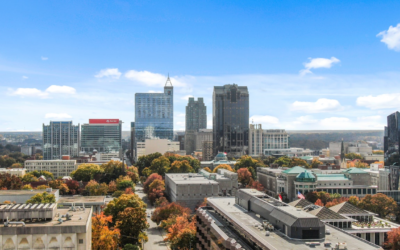
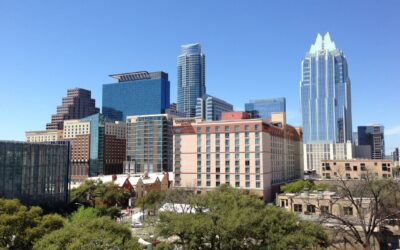
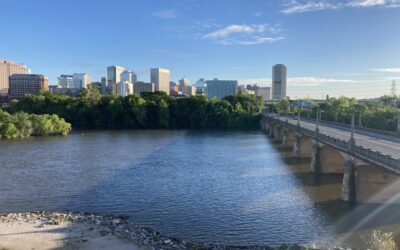
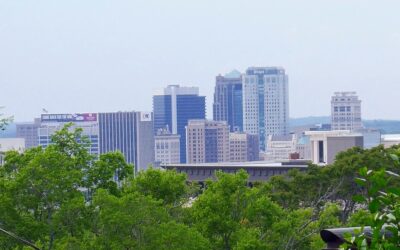
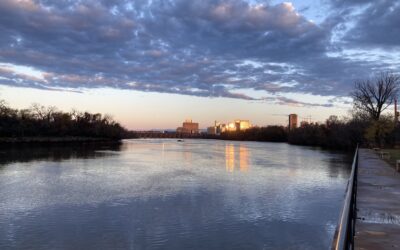

Recent Comments